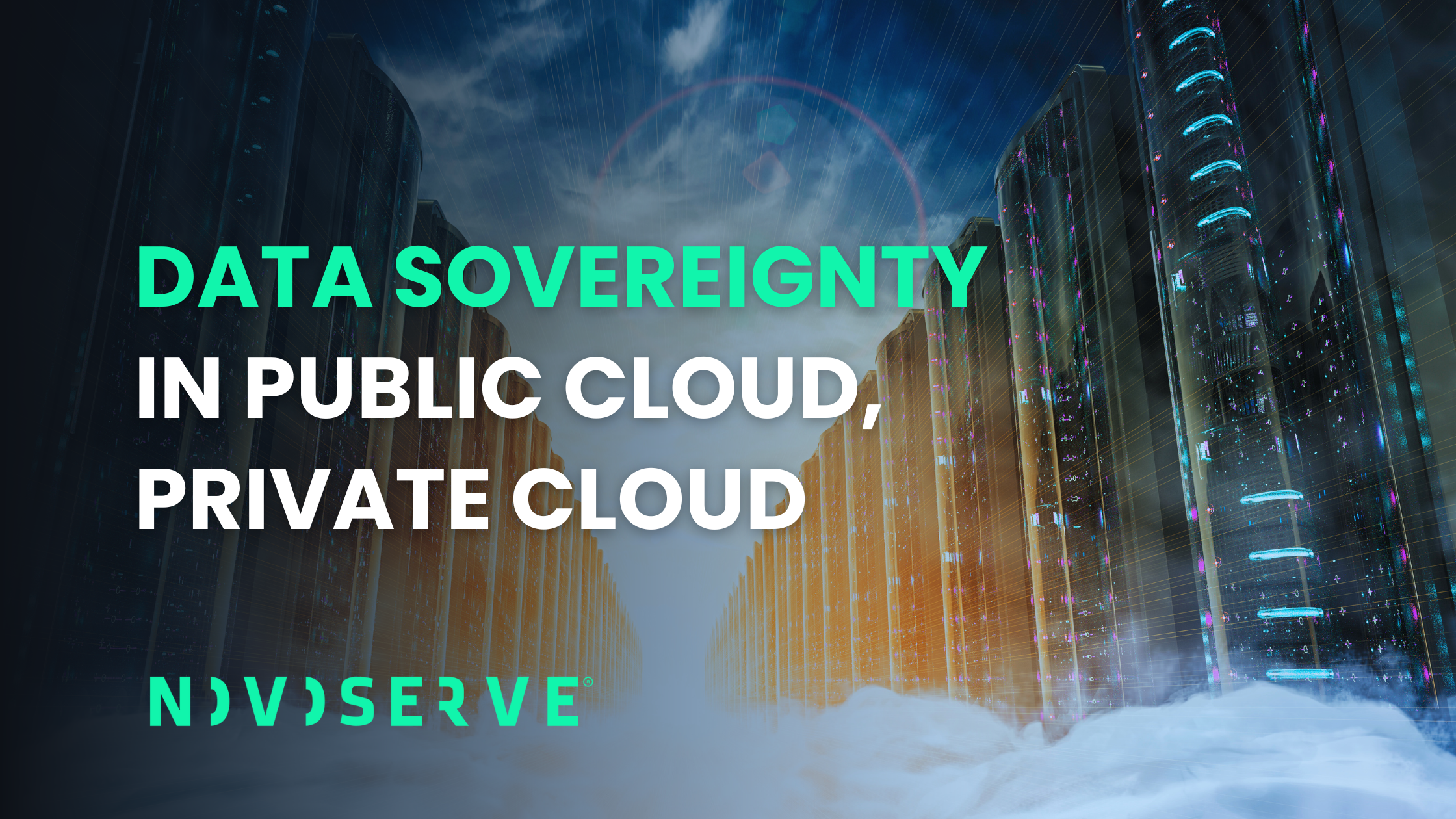Cloud computing has revolutionized the way businesses and individuals store, manage, and process data. Instead of relying on physical hardware and on-premises infrastructure, organizations now leverage remote servers to run applications, store files, and deliver services over the internet. But what is cloud computing exactly, and why has it become so essential in today’s digital economy?
At its core, cloud computing refers to the delivery of computing services—including servers, storage, databases, networking, and software—over the internet. This model enables businesses to access IT resources on demand, eliminating the need for costly infrastructure investments. Whether a startup seeking flexible scalability or an enterprise managing large-scale workloads, the cloud provides an adaptable solution. However, as businesses grow, the limitations of hyperscale cloud providers become more apparent. While public cloud platforms offer scalability, they often lack the control, security, and performance required for critical workloads. This has led many organizations to explore alternatives like bare metal servers and hybrid cloud solutions, which provide greater customization and efficiency.
The Role of Cloud Computing in Business Growth
For startups and small businesses, cloud computing provides an affordable and scalable way to launch operations without the need for expensive infrastructure. With platforms like AWS, Google Cloud, and Microsoft Azure, companies can deploy applications instantly, store data securely, and scale resources as needed. This flexibility allows businesses to focus on innovation rather than IT maintenance. However, as organizations grow, they often find that the one-size-fits-all approach of public cloud providers no longer meets their unique needs.
Public cloud platforms operate on a multi-tenant model, meaning that computing resources are shared among multiple users. This can lead to inconsistencies in performance, security risks, and rising costs as businesses scale. Industries such as finance, healthcare, gaming, and e-commerce require high-performance computing, low-latency environments, and strict compliance measures—factors that generic cloud solutions may not effectively support. For businesses handling large volumes of data, processing real-time analytics, or running latency-sensitive applications, bare metal servers provide a level of control and performance that shared cloud instances cannot match.
Why are Bare Metal Servers Important?
Bare metal servers, also known as dedicated servers, provide organizations with full access to physical hardware without the virtualization layers found in public cloud environments. Unlike shared cloud instances, which divide resources among multiple users, bare metal servers allocate full computing power to a single organization. This setup ensures superior performance, especially for data-intensive applications that demand high processing speeds and reliability.
Security is another major advantage of dedicated infrastructure. Businesses operating in highly regulated industries benefit from customized security protocols and private cloud environments that offer tighter data control and compliance. Public cloud providers often operate under shared security models, which may not be sufficient for businesses with strict regulatory requirements. With bare metal servers, organizations can implement their own encryption, firewall settings, and access controls, ensuring that sensitive data remains protected. Additionally, cost predictability is a key factor driving the shift toward dedicated infrastructure. Unlike public cloud pricing models, which fluctuate based on usage, bare metal servers typically come with fixed monthly costs. This allows businesses to better manage IT budgets and avoid unexpected expenses as their operations expand.
Hybrid Cloud: The Best of Both Worlds
While public cloud services offer scalability and ease of management, bare metal servers provide performance and control. As a result, many businesses are now adopting hybrid cloud strategies that combine both approaches for an optimized infrastructure. Hybrid cloud computing enables organizations to store sensitive workloads on private servers while using the public cloud for general applications, creating a balance between flexibility and security.
A well-structured hybrid cloud model allows businesses to adjust resources dynamically. Mission-critical applications that require high availability and security can be hosted on dedicated infrastructure, while non-sensitive workloads benefit from the elasticity of public cloud environments. This approach is especially useful for businesses with fluctuating demands, as they can scale workloads up or down based on real-time traffic patterns. Cost efficiency is another advantage of hybrid cloud computing. Instead of investing heavily in on-premises infrastructure, companies can use public cloud resources for temporary or peak demands, reducing unnecessary capital expenditures. Moreover, businesses benefit from disaster recovery and business continuity strategies, as hybrid cloud environments allow data replication across multiple locations. In the event of an outage, workloads can be seamlessly shifted to an alternate cloud environment, minimizing downtime and ensuring uninterrupted operations.
The Rise of Kubernetes and Containers
As cloud computing evolves, organizations are adopting containerization as a way to improve application management and deployment. Containers allow businesses to package applications and their dependencies into lightweight, portable environments, making it easier to move workloads between different cloud infrastructures. This is particularly beneficial for companies running a mix of bare metal servers, public cloud platforms, and private data centers, as containers provide seamless cross-environment compatibility.
Kubernetes has emerged as the leading orchestration platform for managing containerized workloads at scale. It automates key functions such as application deployment, networking, and resource allocation, allowing businesses to optimize performance while reducing operational complexity. By integrating Kubernetes with bare metal servers, organizations can achieve the flexibility of cloud-native applications while maintaining full control over their infrastructure. This combination enables businesses to run high-performance applications with minimal latency, making it an ideal choice for industries like media streaming, gaming, and financial services, where milliseconds matter.
Finding the Right Cloud Infrastructure
Choosing the right cloud infrastructure depends on an organization’s specific requirements, including workload demands, compliance regulations, and budget constraints. While hyperscale cloud providers offer global accessibility, they may not always be the most cost-effective or high-performance solution. On the other hand, bare metal servers deliver dedicated resources and full customization but require more hands-on management. For many businesses, hybrid cloud computing presents the ideal solution, combining the scalability of public cloud services with the security and performance of private infrastructure.
The key to maximizing cloud computing benefits lies in strategic infrastructure planning. Businesses must assess their IT needs carefully, considering factors such as data sovereignty, performance expectations, and future growth projections. Virtualization, containerization, and cloud automation tools can help organizations create a highly adaptable IT environment that meets both current and future demands.
Cloud Computing Is a Spectrum, Not a Destination
Cloud computing continues to evolve, offering businesses a range of solutions from public cloud services to private and hybrid cloud environments. The cloud is not a one-size-fits-all destination—it is a spectrum of technologies designed to help organizations achieve greater efficiency, agility, and security. Companies that leverage the right mix of dedicated infrastructure, virtualization, containerization, and hybrid cloud solutions can build a resilient IT ecosystem tailored to their unique needs.
As businesses scale and digital transformation accelerates, finding the optimal balance between public cloud, bare metal servers, and hybrid cloud strategies will be the key to long-term success. By making informed infrastructure choices, organizations can position themselves for greater efficiency, lower costs, and enhanced operational flexibility. The future of cloud computing is not about choosing one model over another—it’s about strategically integrating the best of all worlds to drive innovation, improve performance, and maintain a competitive edge.


